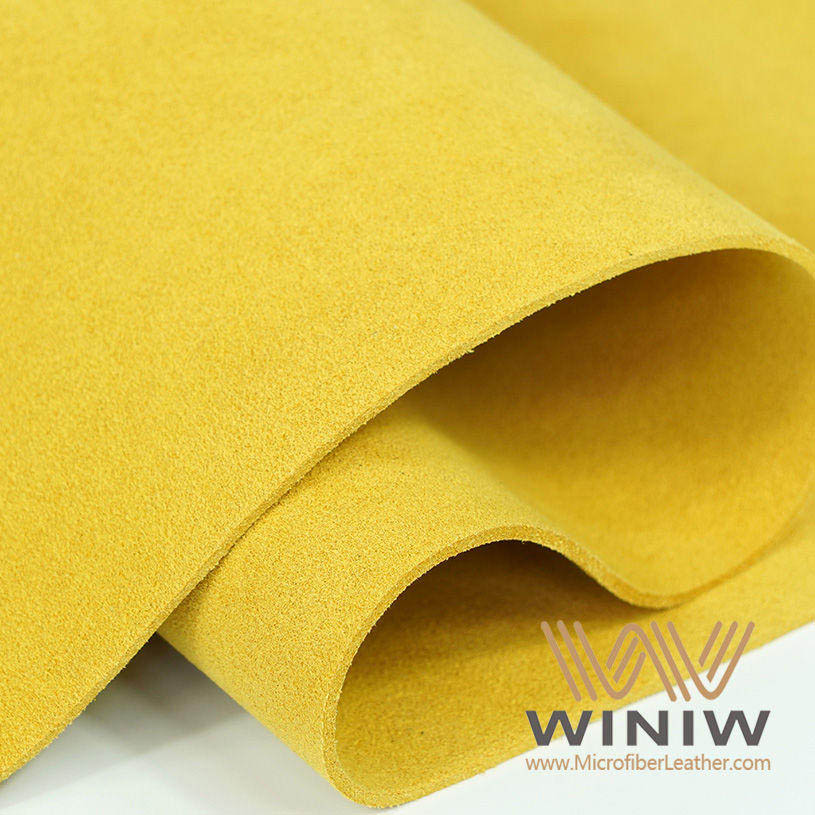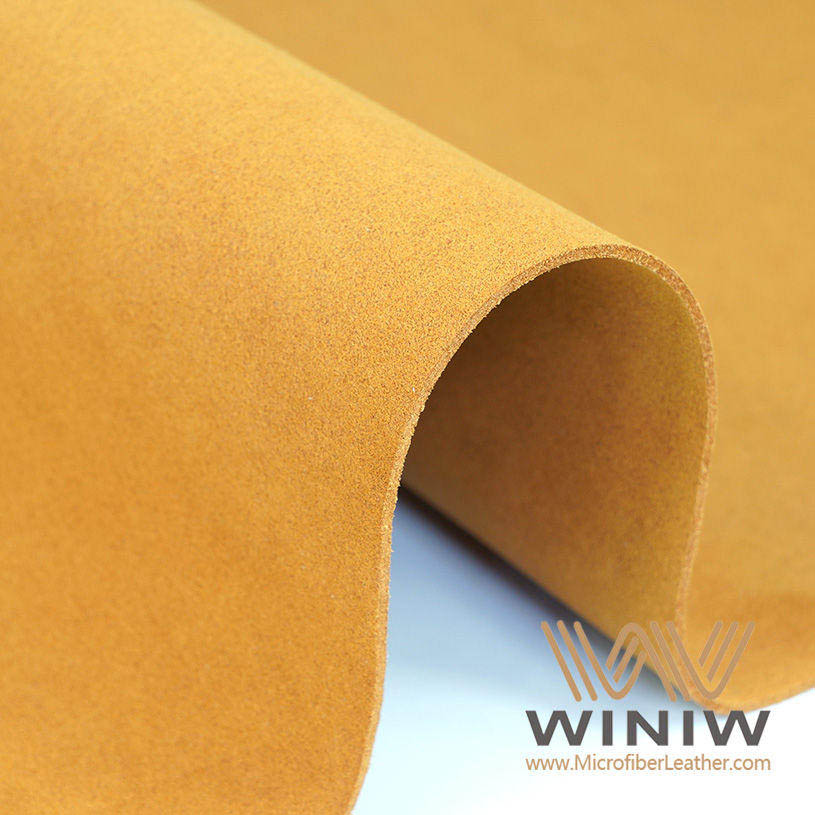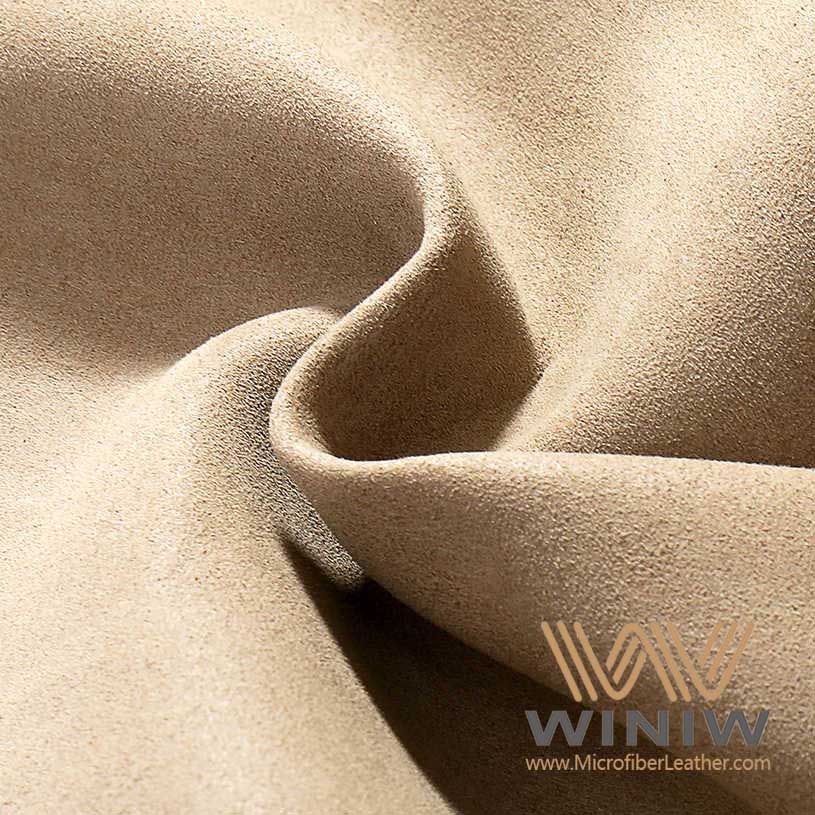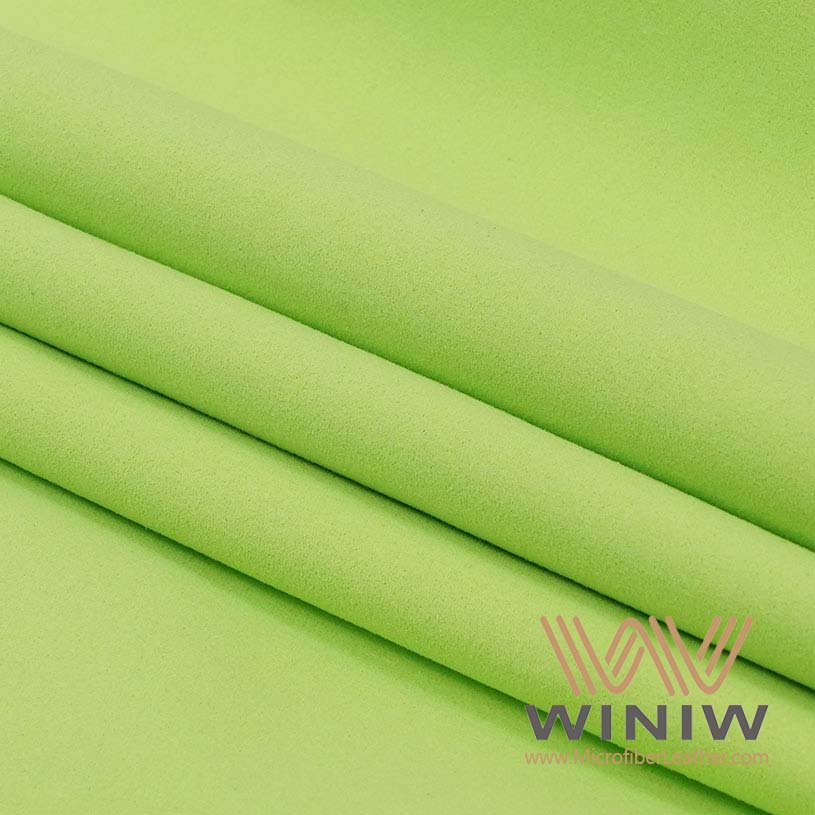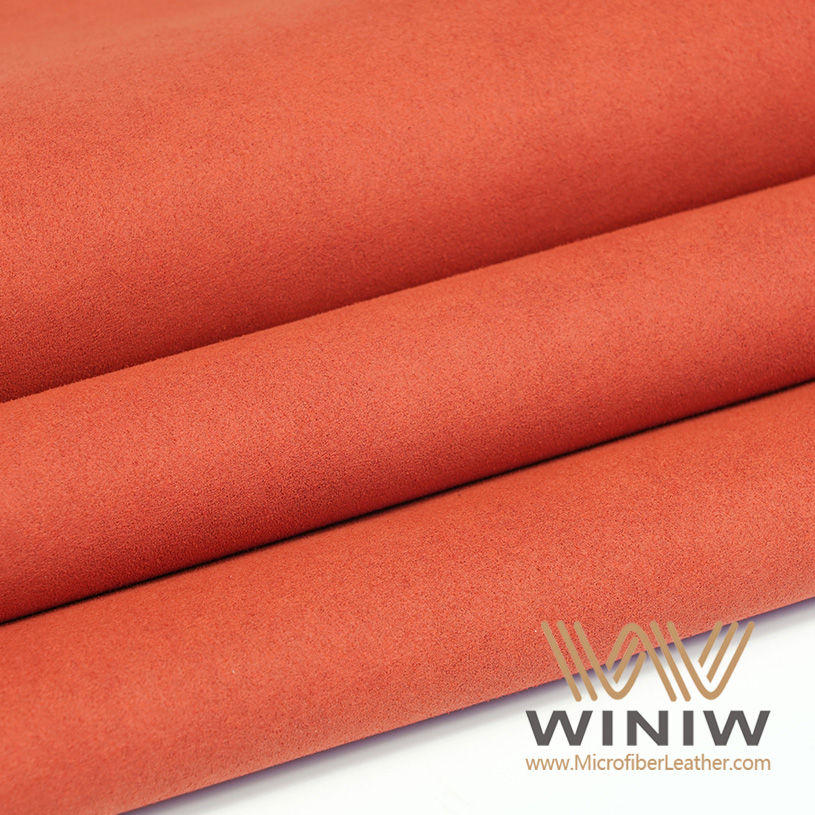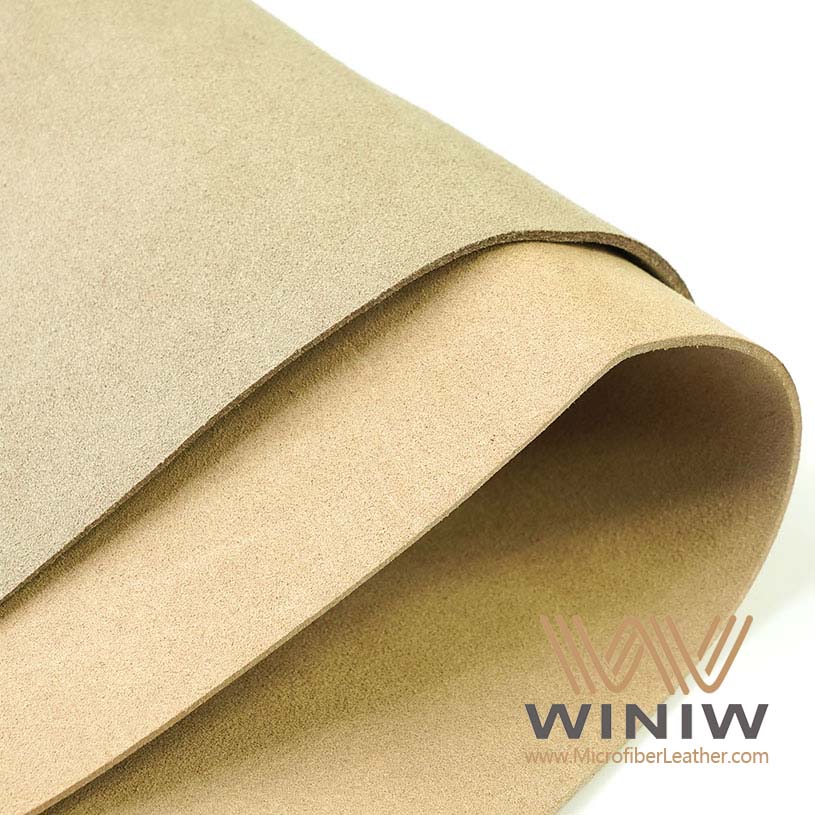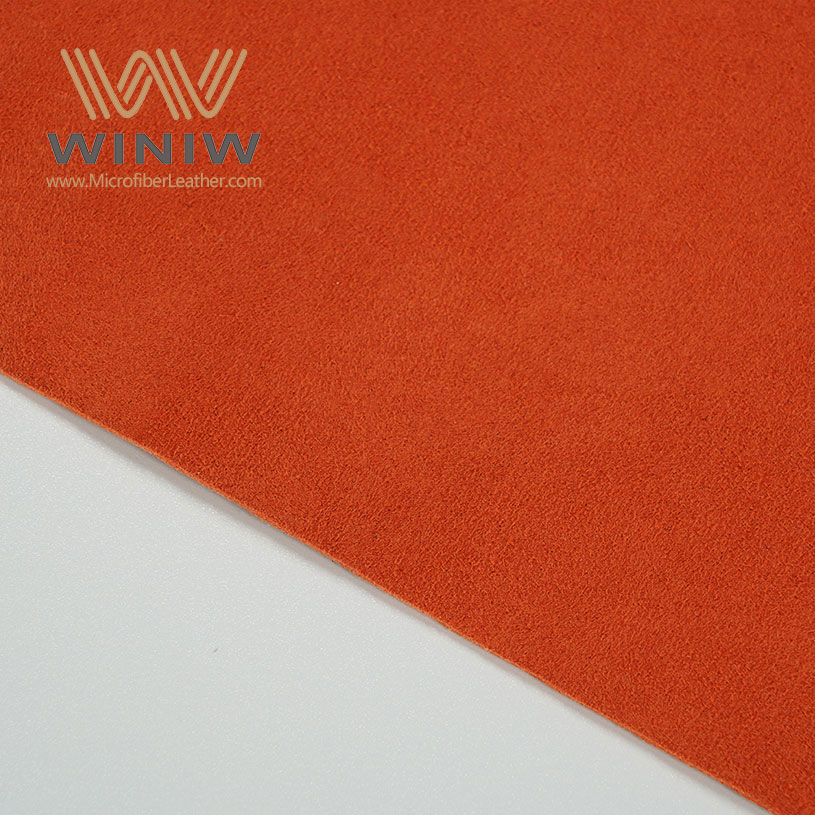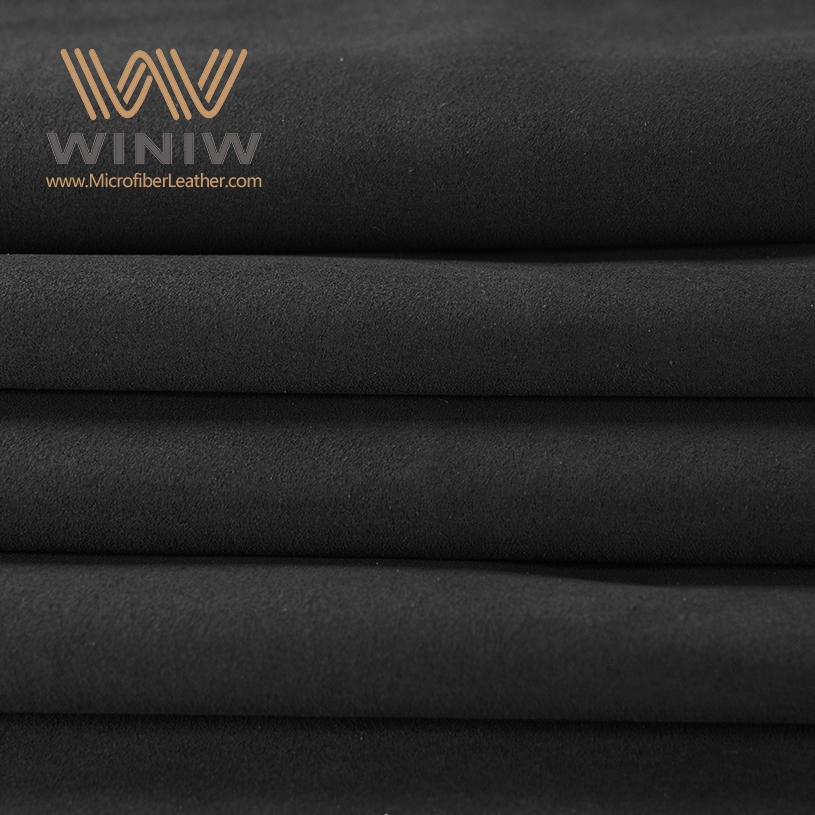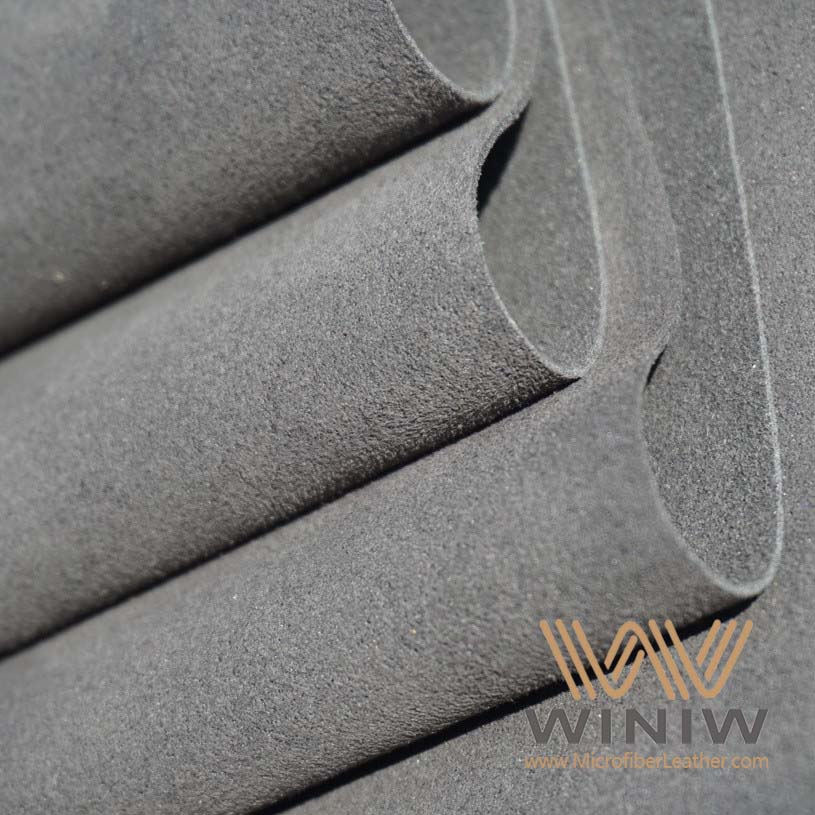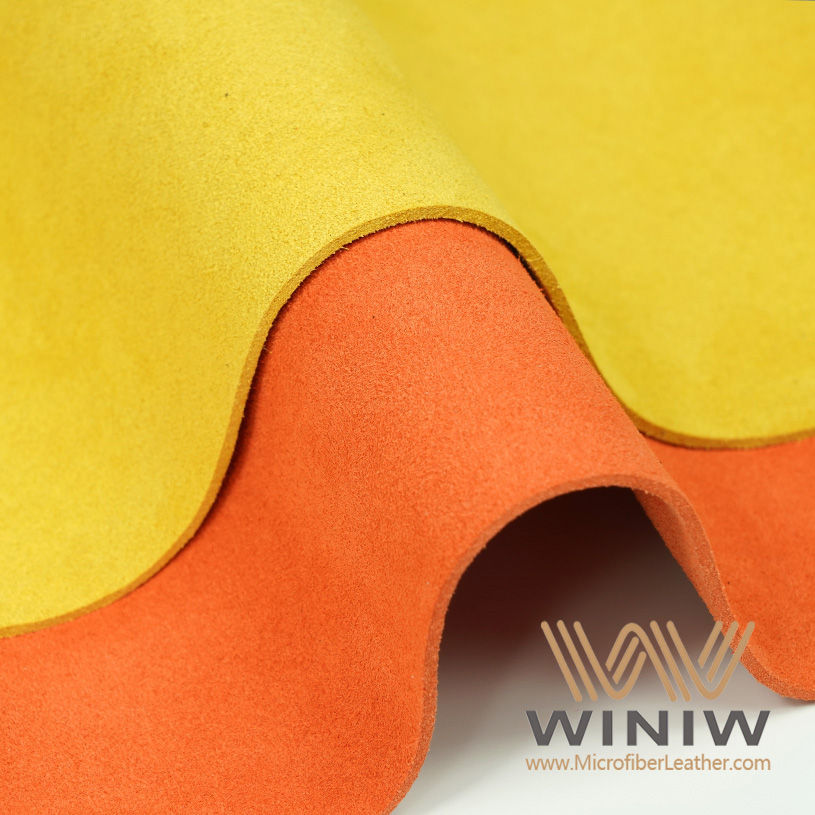
Microsuede upper uses fine polyester fibers to create a soft, warm, and affordable synthetic material for shoes and clothing. You often choose microsuede for comfort, style, and easy care.
Microsuede Upper in Shoes and Clothing What You Need to Know
Microsuede is a budget-friendly, cruelty-free alternative to genuine suede, offering comfort and style without the high price tag.
This material is lightweight, easy to clean, and resistant to stains, making it ideal for everyday wear in shoes and clothing.
While microsuede provides a modern look and easy maintenance, consider its lower durability compared to genuine leather when making your choice.
What Is Microsuede Upper?
Material and Composition
When you look at a microsuede upper, you see a material designed to mimic the feel and appearance of genuine suede. Manufacturers create this fabric by weaving fine polyester fibers, sometimes mixed with acrylic, into a dense and soft textile. They then apply a polyurethane binder to hold the microfibers together and attach them to a base fabric. The final step involves a process called napping, where the surface is brushed vigorously to give it that signature suede-like texture. This method stands in contrast to traditional suede, which comes from the underside of animal hides and requires tanning with water and chemicals.
You may notice that a microsuede upper feels lighter than many other materials. This is because the fibers are extremely fine and the fabric itself is less dense than genuine suede or synthetic leather. Microfiber synthetic suede leather, which falls under the same category, uses similar manufacturing techniques but may vary in fiber blend and finishing methods. The result is a material that offers a soft touch and a uniform appearance, making it a popular choice for shoes and clothing.
Tip: If you want a cruelty-free option that still looks stylish, microsuede upper provides an animal-friendly alternative to traditional suede.
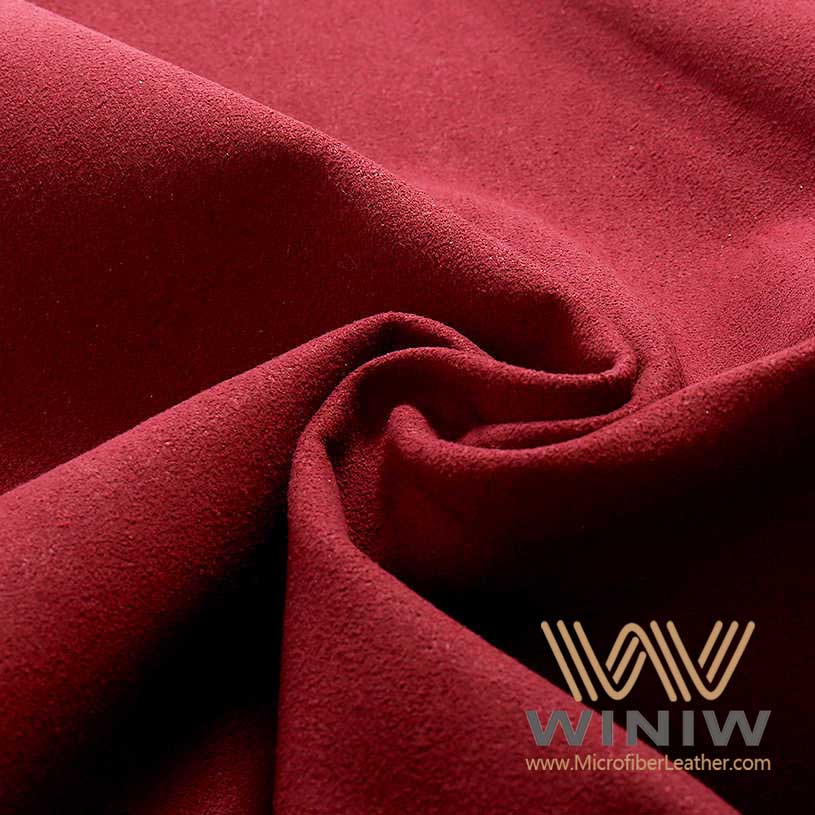
Key Properties of Microsuede
You will find several reasons to choose a microsuede upper for your footwear or apparel. The main properties include:
Softness: The fine fibers create a plush, velvety surface that feels gentle against your skin.
Warmth: Microsuede helps retain heat, making it suitable for cooler weather.
Flexibility: The fabric bends and moves easily, which adds comfort to shoes and clothing.
Lightness: Compared to genuine suede and synthetic leather, microsuede weighs less, so your shoes or garments feel less bulky.
Affordability: You can enjoy the look and feel of suede without the high price tag.
Easy Maintenance: Most stains wipe away with a damp cloth, and you do not need special cleaners.
Here is a quick comparison of weight and care:
Genuine suede comes from animal hide, feels luxurious, but stains easily and needs special care.
Microsuede mimics suede’s look and feel, weighs less, and is easier to maintain.
Synthetic leather is usually heavier than microsuede and may not offer the same softness.
When you consider eco-friendliness, you should know that microsuede upper and microfiber synthetic suede leather both use synthetic fibers. These materials come from non-renewable resources and can contribute to microplastic pollution. Genuine suede, while a by-product of the meat industry, requires large amounts of water and chemicals for processing. Both options have environmental impacts, so you may want to weigh your priorities when choosing between them.
Quality can vary depending on the manufacturing process and the blend of fibers used. High-quality microfiber synthetic suede leather often feels almost indistinguishable from real suede, while lower-quality versions may lack durability or softness.
Note: If you want a balance of comfort, style, and easy care, a microsuede upper or microfiber synthetic suede leather can be a smart choice for everyday wear.
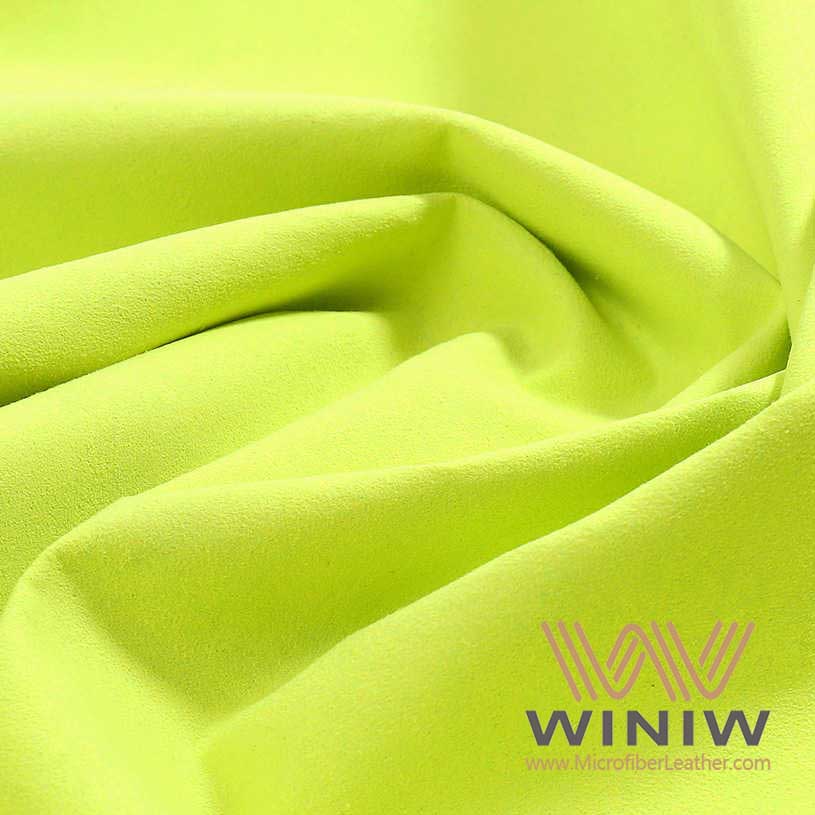
Microsuede vs. Microfiber Synthetic Suede Leather
Differences from Genuine Suede and Nubuck
When you compare microsuede upper and microfiber synthetic suede leather to genuine suede and nubuck, you notice clear differences in texture, appearance, and durability. Genuine suede comes from animal hide, while nubuck uses the outer layer of the hide, which gives it a velvety surface and fine texture. Microsuede and microfiber synthetic suede leather use synthetic fibers, offering a cruelty-free and vegan alternative to suede.
You will find that microfiber synthetic suede leather and microsuede both offer a more consistent look than natural suede. They do not show natural grain or markings, which gives your shoes and clothing a modern, uniform style. Faux suede, another synthetic option, also mimics the look of real suede but may feel less soft or flexible.
The difference between microsuede and suede becomes clear when you consider maintenance and eco-friendliness. Suede stains easily and needs special care, while microfiber synthetic suede leather cleans up with just a damp cloth. If you want vegan alternatives to suede, you can choose microsuede or microfiber synthetic suede leather for your next purchase.
Pros and Cons of Micro-suede
You might wonder why so many brands use micro-suede and microfiber synthetic suede leather in their products. These materials offer several advantages, but you should also consider their drawbacks.
You can enjoy a wide range of applications with microfiber synthetic suede leather. Shoe uppers, jackets, handbags, and even furniture often use this material because of its performance and style flexibility. You do not need to worry about water stains or scuffs as much as you would with real suede.
Suede is prone to abrasion, showing scuffs and scratches easily. It suffers from moisture damage, as water quickly penetrates and leaves dark spots. Suede can stretch and deform more easily due to its looser fiber structure. Microfiber synthetic suede leather resists these problems better, but it may not match the long-term durability of real leather.

When you think about eco-friendliness and environmental impact, you should remember that microfiber synthetic suede leather uses synthetic fibers. These fibers come from non-renewable resources and can contribute to microplastic pollution. However, genuine suede production uses animal hides and requires large amounts of water and chemicals, which also affects the environment. You need to weigh these factors when choosing the best material for your needs.
If you want a material that balances affordability, style, and easy care, microfiber synthetic suede leather is a strong choice. You get a soft feel, a modern look, and simple maintenance. If you value long-term durability and a natural appearance, you might still prefer genuine suede or leather. Always consider the quality of the product, as higher-quality microfiber synthetic suede leather can offer better performance and a longer lifespan.
Tip: For everyday shoes and clothing, microfiber synthetic suede leather gives you a practical and stylish option that fits many lifestyles.
Uses and Care for Microsuede
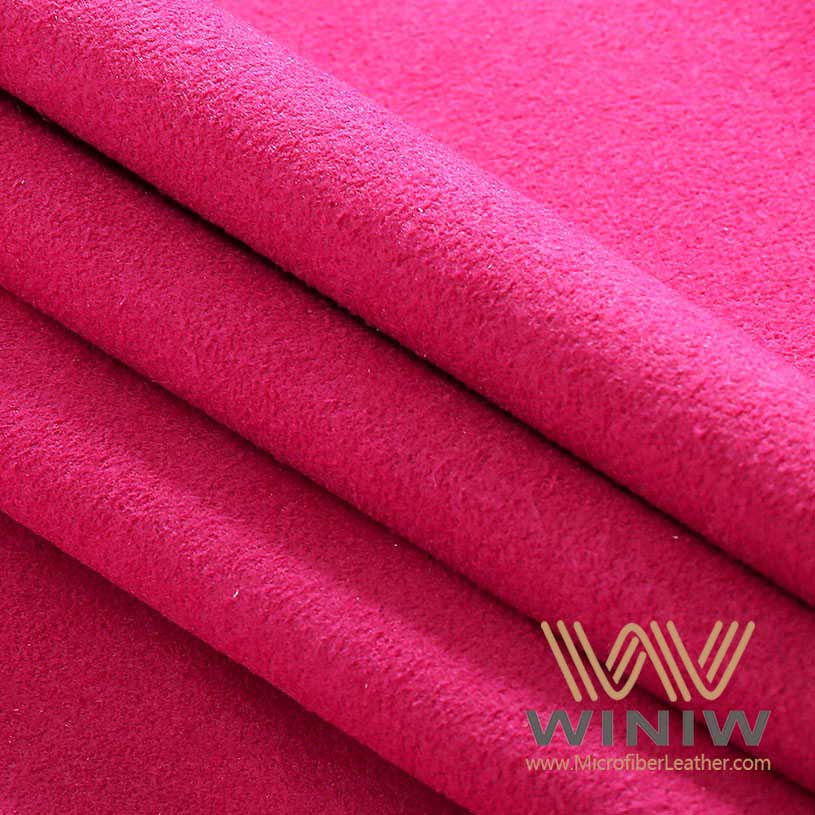
Microsuede in Shoes and Clothing
You will find microsuede upper and microfiber synthetic suede leather in a wide range of applications. Many brands use these materials for shoe uppers, jackets, skirts, gloves, and handbags. Micro-suede also appears in automotive interiors and furniture, thanks to its soft touch and premium feel. The rise in demand for vegan alternatives to suede and the eco-friendly profile of synthetic options has driven growth in these markets. You may notice that luxury car manufacturers prefer microfiber synthetic suede leather for its durability, lightweight nature, and water and stain resistance. In footwear, this material offers a sustainable fabric choice with a modern look. Faux suede and microsuede fabric both provide a difference between microsuede and suede, giving you more style options and improved eco-friendliness.
Cleaning and Maintenance Tips
Proper care helps maintain the quality and performance of your microsuede items. Start by creating a suede cleaning kit with a protective spray, suede brush, and terry cloth rags. Regular brushing prevents matting and keeps the surface fresh. For daily maintenance, lightly brush off dust after each wear. If your shoes or clothing get wet, blot moisture with a terry cloth rag or cornstarch. Avoid using water directly, as it can damage the suede. Always test cleaning solutions on a hidden area to prevent staining or discoloration. Strong cleaners and excessive moisture can harm the fabric and increase environmental impact. Apply a water-repellent spray each season to protect against stains and water damage. For tough stains, consult a professional cleaner. These steps help preserve the sustainable fabric and ensure your microsuede items retain their premium feel and eco-friendly profile.
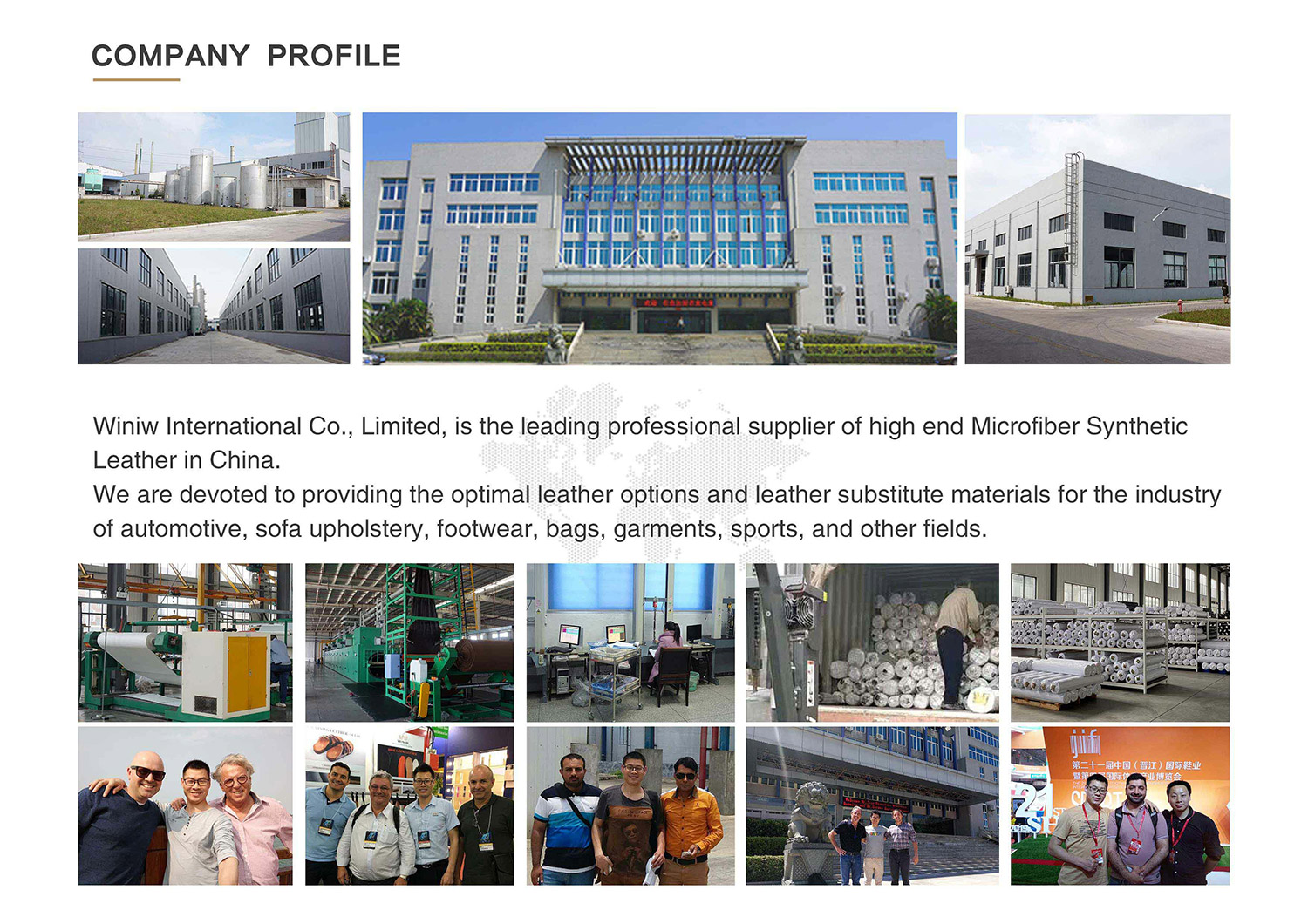
FAQ
What makes microsuede different from regular suede?
You get microsuede from synthetic fibers, while regular suede comes from animal hide. Microsuede feels soft and looks similar but resists stains and costs less.
Can you wear microsuede shoes in the rain?
You should avoid heavy rain. Microsuede resists water better than suede, but too much moisture can still cause damage or leave marks on your shoes.
How do you clean stains from a microsuede jacket?
You can gently blot stains with a damp cloth. Avoid soaking the fabric. Microsuede cleans more easily than suede, but always test cleaners on a hidden spot first.



